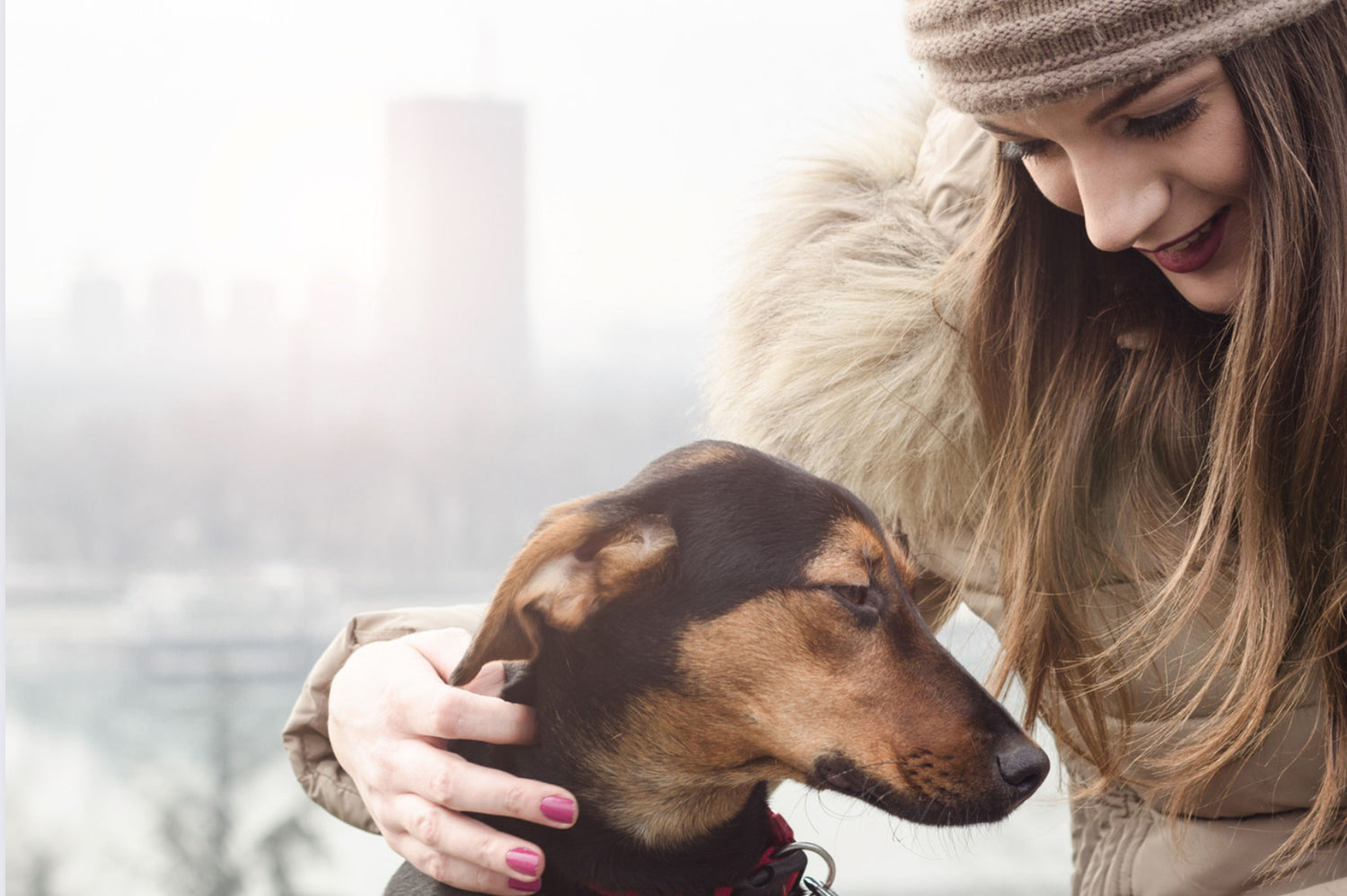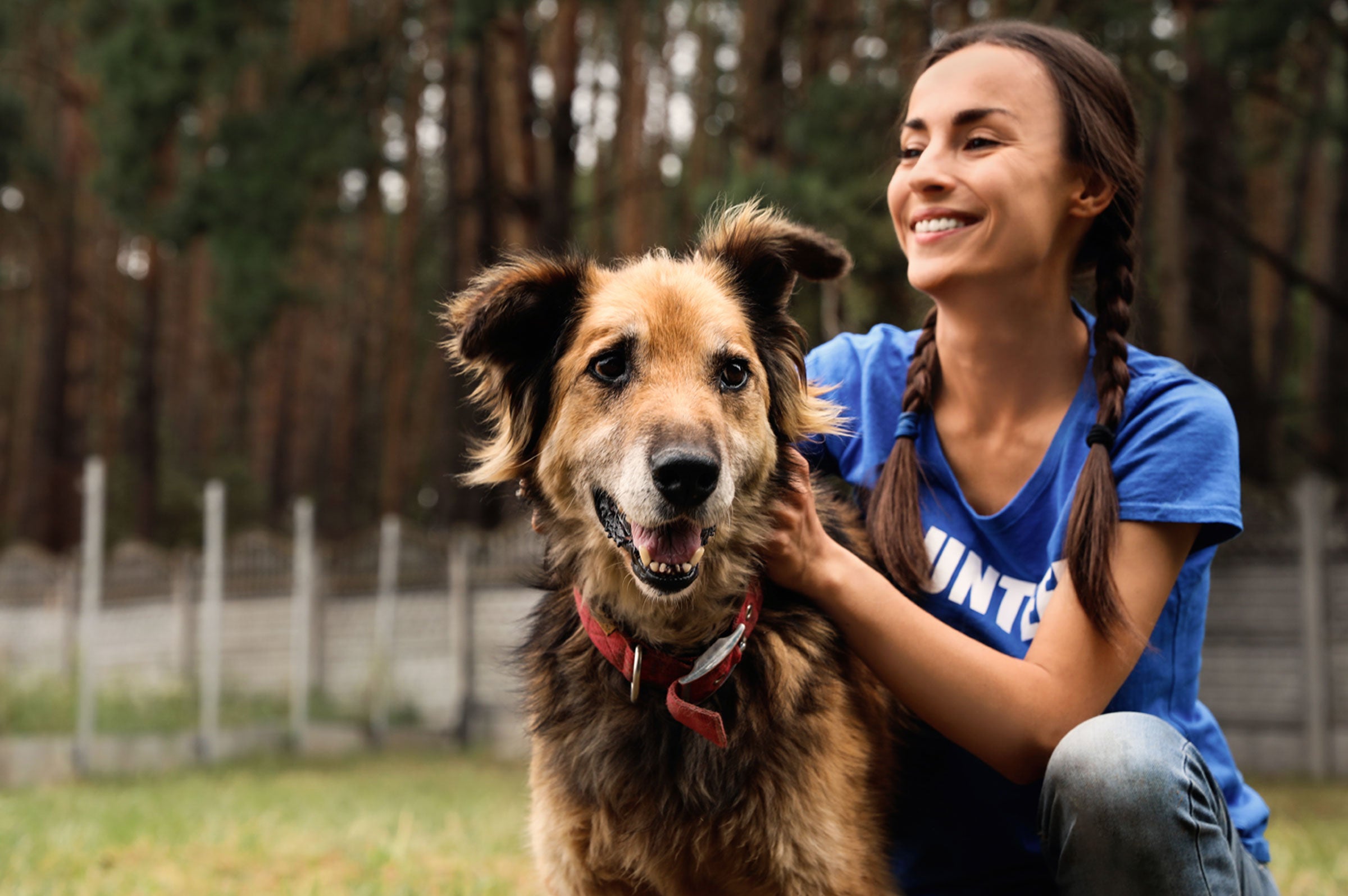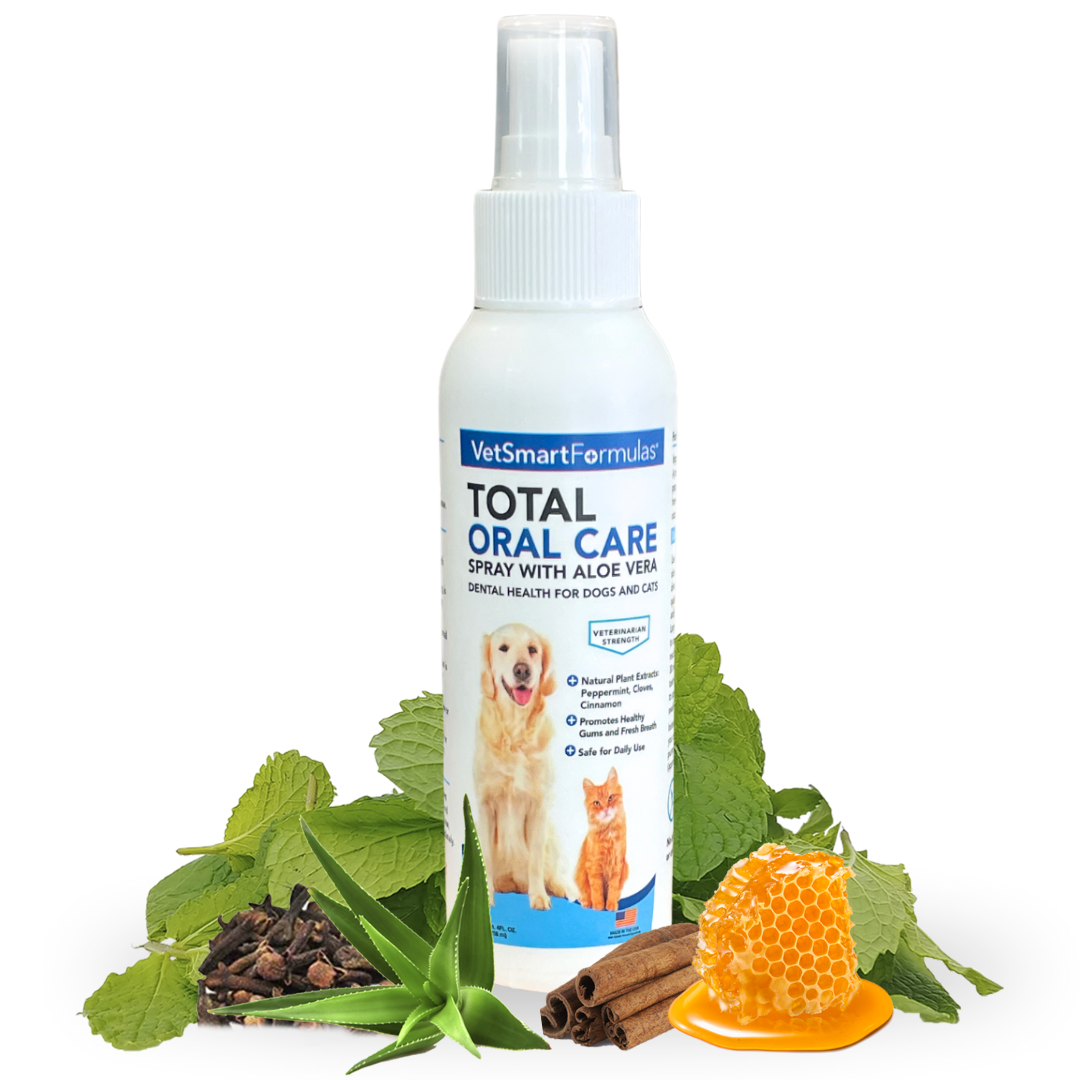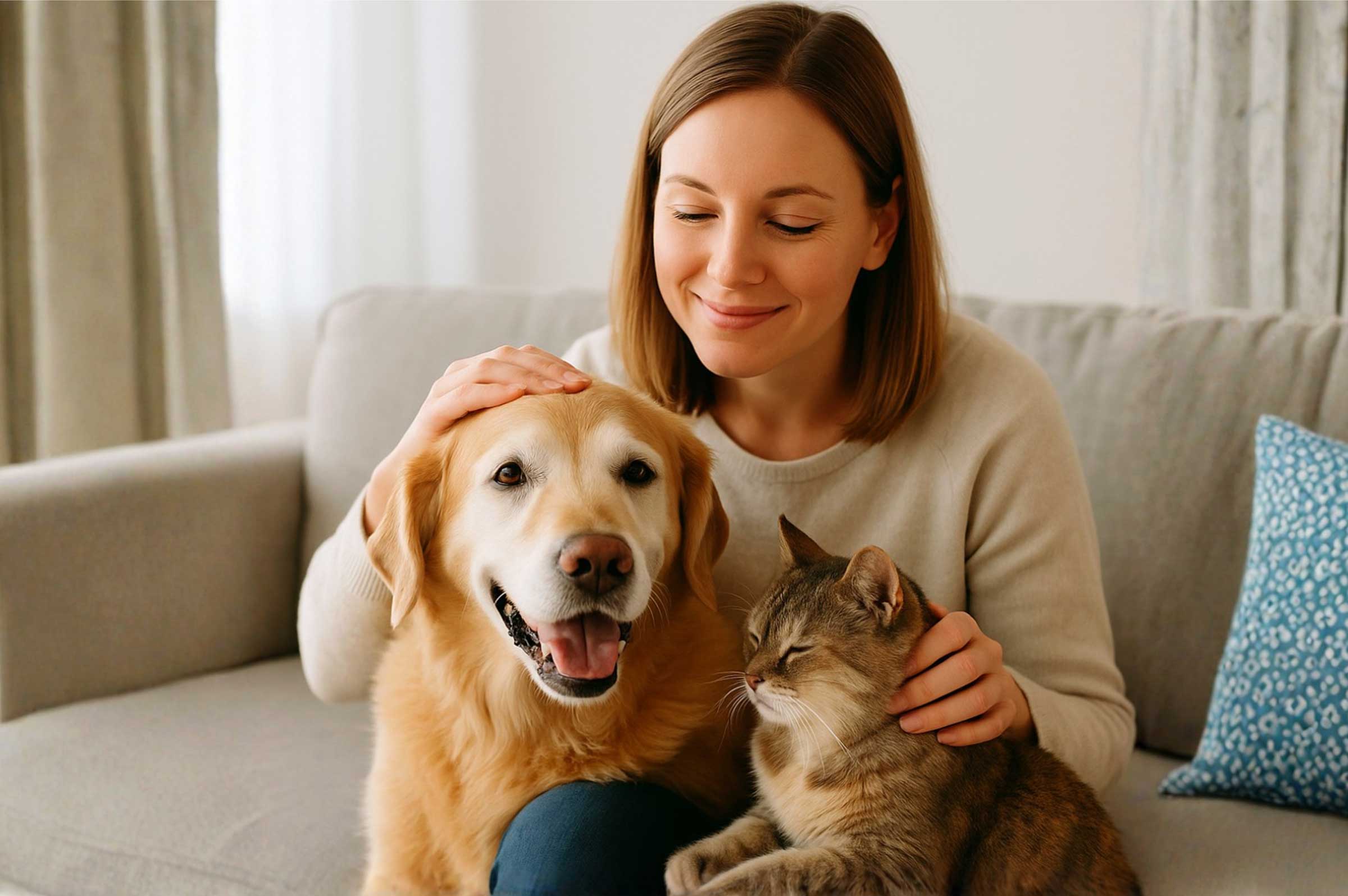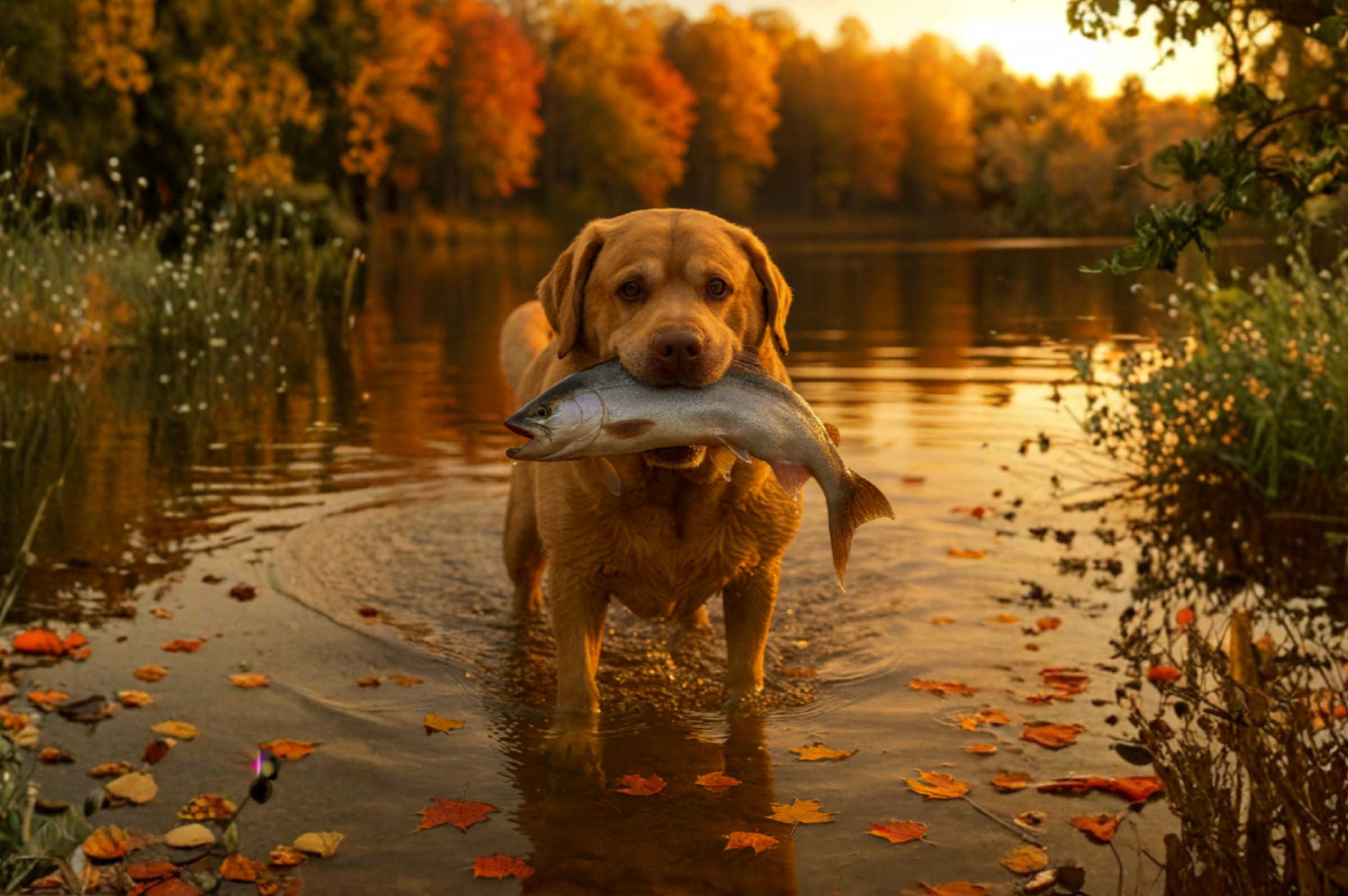Introducing a new dog to your family can be an exciting and enriching experience for everyone involved. However, it can also come with its set of challenges, especially if the new addition tends to be aggressive towards other dogs.
Whether this aggression stems from fear, protective instincts, or lack of socialization, it's crucial to handle the introduction process carefully to ensure a smooth transition for the new dog and the existing pets in the household. In this blog post, we'll explore strategies and steps to manage and mitigate aggression in a new dog when introducing them to your family and other pets.
Understand the Root Cause
Before any introductions are made, it's essential to understand why the new dog may be exhibiting aggressive behavior towards other dogs. Consulting with a veterinarian or a professional dog behaviorist can provide insights into whether the aggression is due to fear, dominance issues, lack of socialization, or something else. This understanding will inform your approach to introductions and training.
Prepare for the Introduction
- Neutral Territory: Start the introductions in a neutral location where neither dog feels the need to be territorial. This could be a quiet park or a friend’s fenced yard.
- Controlled Environment: Keep both dogs on a leash and ensure you have another person to help manage the situation. Use harnesses for better control if needed.
- Stay Calm: Dogs can pick up on your emotional state, so it's crucial to remain calm and assertive throughout the process.
Gradual Introduction Process
- Parallel Walking: Begin with parallel walks at a safe distance, allowing the dogs to get used to each other's presence without direct interaction. Gradually decrease the distance between them as they become more comfortable.
- Controlled Meeting: After several successful parallel walks, allow the dogs to meet while still on leash, but keep the interaction brief and positive. Watch their body language closely for signs of stress or aggression.
- Supervised Interaction: Once the dogs show signs of tolerating each other without aggression, you can allow supervised interactions in a fenced area, still keeping the sessions short and positive.
Managing and Correcting Aggression
- Positive Reinforcement: Reward calm and non-aggressive behavior with treats and praise to reinforce positive interactions.
- Time-Outs: If aggression occurs, calmly separate the dogs and give them a time-out to cool down before attempting another interaction.
- Professional Help: If the aggression persists, consider hiring a professional dog trainer or behaviorist who specializes in aggression. They can provide personalized strategies and support.
- Ensure a Safe Environment
- Separate Spaces: Initially, give each dog their own space in the house where they can retreat and relax without the presence of the other pet.
- Supervision: Never leave the dogs alone together until you are confident in their relationship and the absence of aggressive behavior.
- Ongoing Training: Continue working on obedience training with both dogs to establish clear communication and strengthen your bond with them.
Patience is Key
Remember, introducing a new dog to your family, especially one with aggression issues towards other dogs, requires patience, time, and consistent effort. There may be setbacks along the way, but with a calm and systematic approach, most dogs can learn to live together peacefully.
Celebrate small victories and continue to foster positive interactions. With dedication and the right strategies, you can create a harmonious household for all your furry family members. You can also look at using calming supplements for both dogs in order to foster more harmonious interactions. Keep an eye out on our products page for our upcoming calming supplements!
